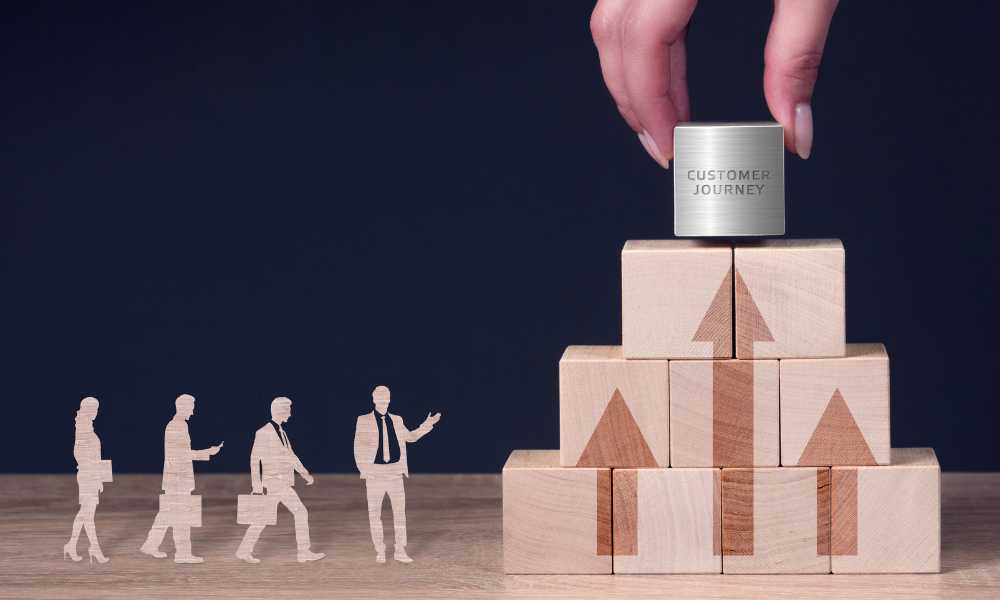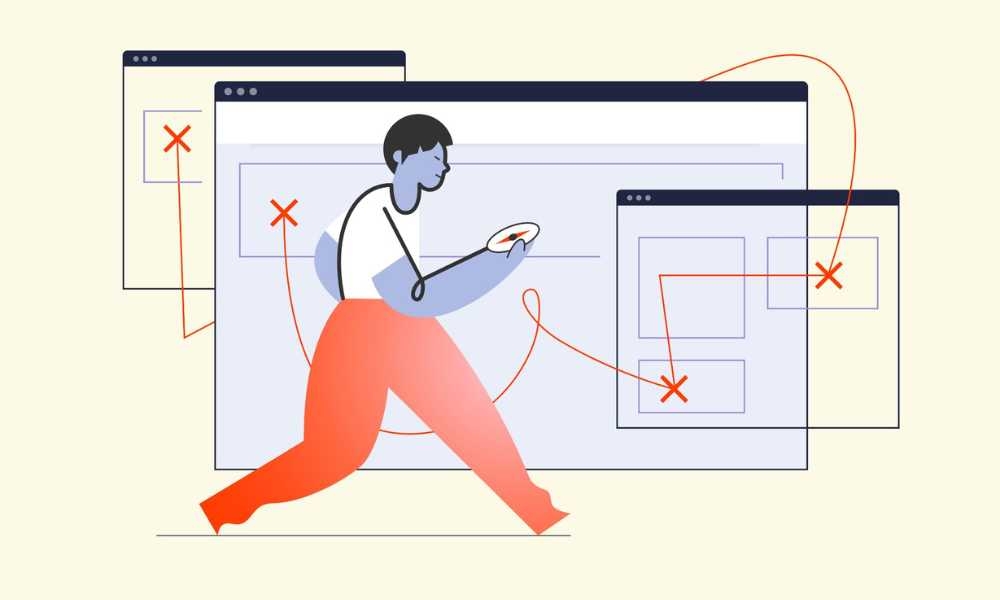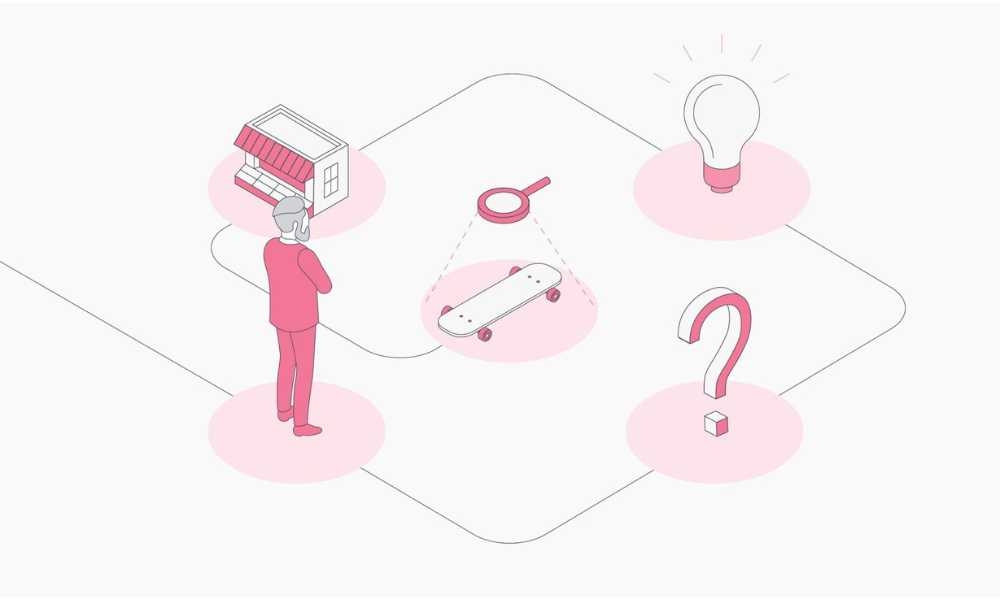What is the driving force and engine of the commerce universe? The customer. It has always been and will be the person who buys the goods and services. All the companies are competing against each other to win the attention of people and turn them into clients.
Obviously, all businesses focus their attention on the target group and try to optimize their client’s approaches. Thousands of new departments are created to learn the interests, hobbies, buyers’ emotional experiences, online activities, etc, and make their way toward the customer’s heart and brain. However, it cannot be possible without understanding the customer’s experience. One of the most efficient ways to lead the person from the starting point of being a regular reader toward the final point of making a purchase and becoming a loyal client is to create a customer journey map.
What are the Benefits of the Customer Journey Map?
- The vision of the complete customer-product interaction.
- Unity of cross-functional teams – marketing, sales, development department, etc.
- Better communication with the target audience, as the team understands better what the customer feels (higher level of client-related empathy).
- 360° vision of the situation – from the business and customer perspective.
- Defining and optimizing the touchpoints.
Basically, business sees its strategy through a marketing funnel, while the customer journey map shows the customer’s side – who they feel and behaves during the whole process.
The main Points of the Customer Road Map.
1. Setting the goal
Without the goal, all the efforts and strategies will be wasted. A clear vision of the final buyer is what defines the touchpoints of the map. The persona is an imaginary customer with a specific set of psychological and demographic features. Having this image in mind, the team of specialists can decide on every aspect and touchpoint of the customer’s experience.
2. Target customer (persona) research
The research aims to define as many details as possible about the customer. Typically it can be done through various techniques like:
- Questionnaires
- Web analytics
- Client’s feedback and reviews
- Social media discussions about the company
- Net Promoter Score data
- Communication with people from the company who have direct contact with the customer
All the bits and pieces will help to create a client’s vision of the brand and company overall, and attitude towards service or goods.
3. Defining the touchpoints
The touchpoints give you a clear vision of all the interactions with the web the user performs regarding the brand – paid aids, visiting the website, social media cooperation, email marketing, and third-party mentions and reviews.
All the actions must be analyzed, whether they are positive or negative. If the person stays on your web premises longer than expected – it is too complicated or maybe they got interested in something else as well. If the person quickly leaves – not enough information or everything is clear and easy, or just disinterest in the product. Such questions help to define all the facets of the user’s experience.
4. The emotions and roadblocks
Everything the customers perform is driven by their emotions. All the purchases are stimulated by the needs or problems. Hence, it’s crucial to provide the right and planned content at the right time, which will help to lead the customer along the way.
It’s also important to define the issues and roadblocks that could occur along the way and make the customer abandon the idea of making a purchase. Typically it’s connected with the cost of the goods and delivery fee. Therefore, anticipating such issues, it’s important to mitigate them, offering the client some bonuses or proving that such a price is a fair deal for such quality.
5. Resources
In order to turn a casual reader into a buyer, it’s also important to define the tools that are going to be used to improve the communication between the customer and the team.
The company will not be able to satisfy the customer’s demand lacking the inventory. Thus it’s crucial to plan every stage carefully and invest in all the tools.
6. Test drive
The customer shouldn’t be the first person to go through all the touchpoints. The team of creators and their focus group need to try everything themselves first and define all the possible pitfalls. Every single detail of the map must be tried and tested as the hypothetical vision is often quite different from the real perception.
After performing the test usage, it’s important to analyze all the feedback and make the proper changes. It can be connected with various issues, like images, the length of the text or the text itself, the layout of the website, the logic of the chain of activities, etc.
Mapping a customer’s experience is a constant process. It can’t be defined once and for all time, under the influence of competitors. Life around events, time, and the client’s needs and emotions change, directly influencing their interaction with business. That’s why it’s important to show outstanding flexibility, review the changes weekly and monthly, making necessary correlations.
A customer road map helps businesses to be in customers’ shoes and see the whole purchase process from their perspective, as oftentimes, the vision of a product owner differs from the real one. It gives a chance to organize a better customer experience while interacting with your company and, thus, create the basis of loyal and satisfied clients.



